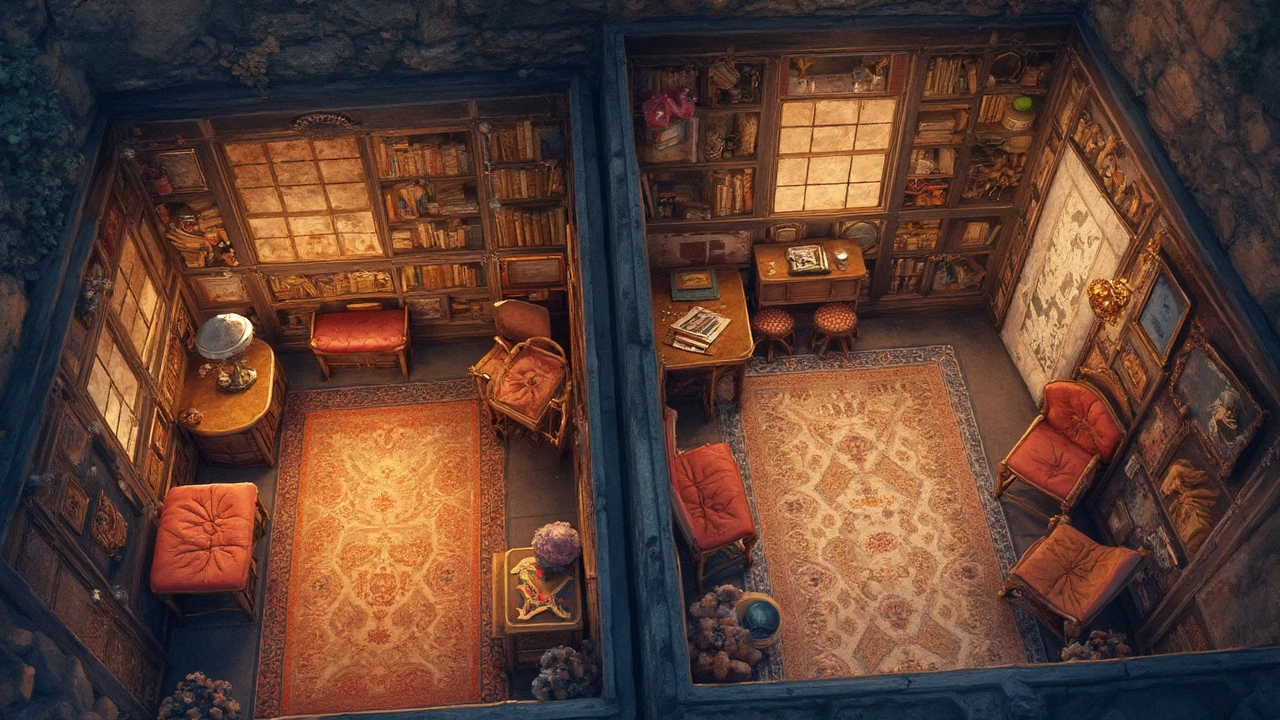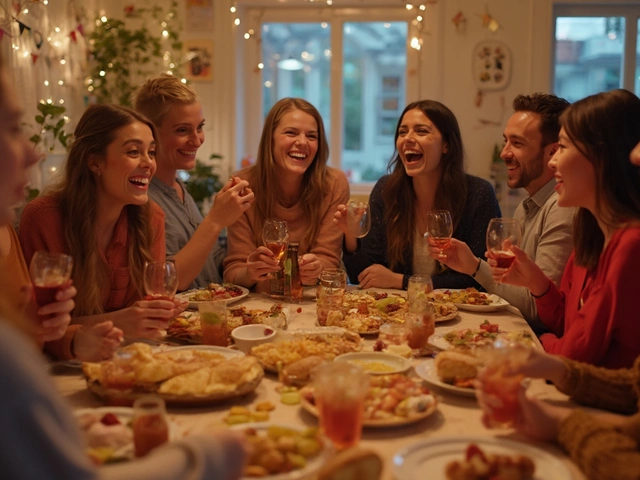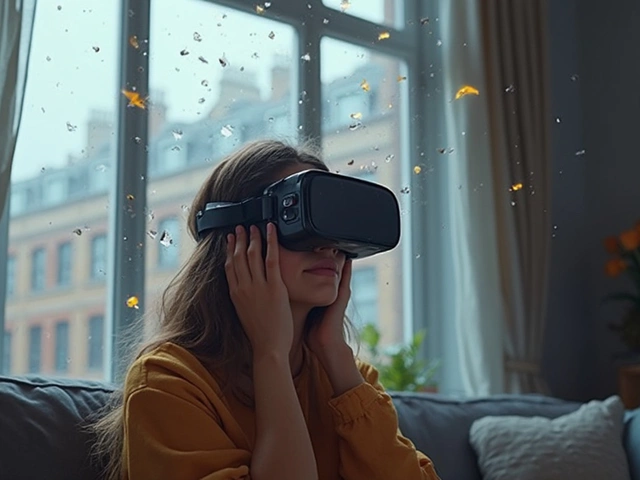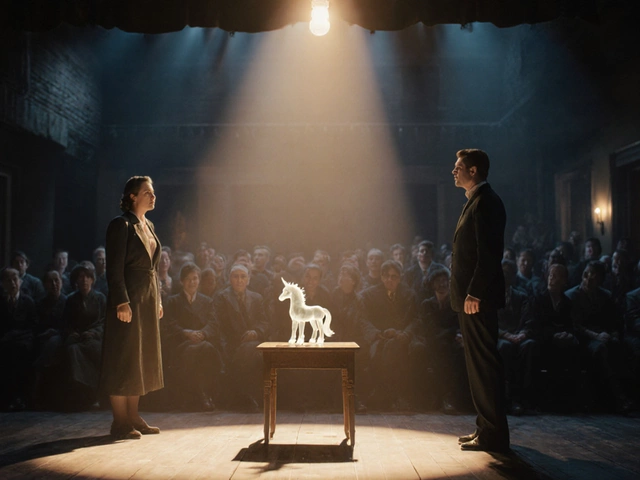Escape Room Design: How to Build a Killer Puzzle Experience
First thing’s first – an escape room has to feel like a world you can step into. Forget boring corridors and random clues; every detail should push the story forward. When you nail the design, players lose track of time, work together, and leave with a grin.
Choosing a Theme That Pops
Pick a theme that sparks curiosity. Whether it’s a haunted attic, a spy‑mission bunker, or a wizard’s lab, the setting is your biggest hook. Start by listing the main mood words (creepy, futuristic, magical) and then match props, lighting, and sound to those words. A simple change – swapping a flickering bulb for a neon strip – can switch the vibe from creepy to cyber‑cool in seconds.
Don’t over‑complicate the story. Give players a clear goal (find the secret code, rescue the hostage, unlock the treasure) and three to five story beats. Each beat should deliver a new clue or obstacle that feels natural in the setting. For example, in a pirate ship theme, a broken compass could lead to a hidden map drawer, which then opens the captain’s chest.
Key Design Elements for Player Flow
Good flow means players never sit idle for more than a few seconds. Arrange puzzles so the solution to one unlocks the next. Use physical space wisely: a locked box on a table can lead to a hidden key under a rug nearby. That way, players stay moving and the room feels alive.
Mix puzzle types. Combine logic riddles, physical challenges, and observation tasks. A good mix keeps different brain strengths in play and prevents a single player from dominating. If you have a lock that needs a three‑digit code, hide each digit in a separate puzzle – a picture puzzle, a sound clue, and a hidden number in a book.
Think about difficulty early. Test the room with a group similar to your target audience. If they finish too fast, add a red‑herring or a timed element. If they get stuck, consider a subtle hint system – a flashing light or a whisper from the game master.
Safety is non‑negotiable. Make sure all props are fire‑retardant, no sharp edges, and exits are clearly marked. Players should feel excited, not anxious about getting trapped.
Finally, wrap the experience with a memorable finale. A dramatic reveal, a burst of lights, or a hidden door opening to a surprise room gives that wow factor people talk about on social media. Capture that moment in a photo or short video – it’s free marketing for your next group.
In short, great escape room design blends a strong theme, smooth puzzle flow, varied challenges, and safety. Keep testing, listen to player feedback, and tweak until the room feels seamless. When you get it right, word spreads fast and your bookings will fill up before the next holiday season.

How Big is an Escape Room?
Escape rooms vary in size, often influencing the number of participants they can accommodate and the complexity of puzzles. Most escape rooms range from small spaces of about 150 square feet to larger areas exceeding 500 square feet. The size impacts not only the room's atmosphere but also the kinds of challenges and physical activities you can expect. Whether you're planning a visit or designing your own, understanding space requirements is key.




